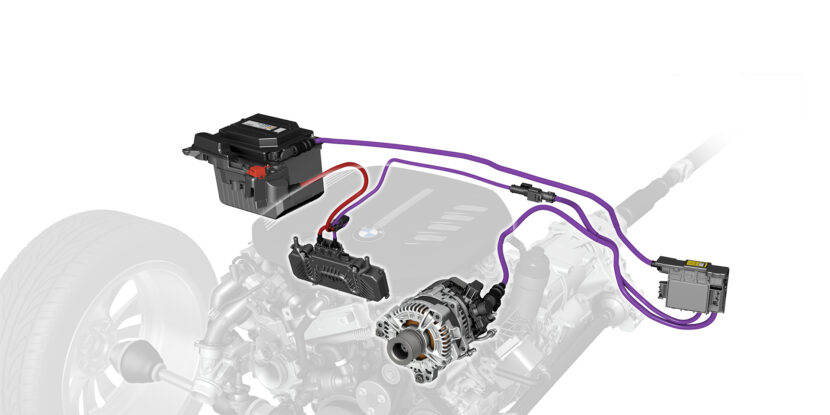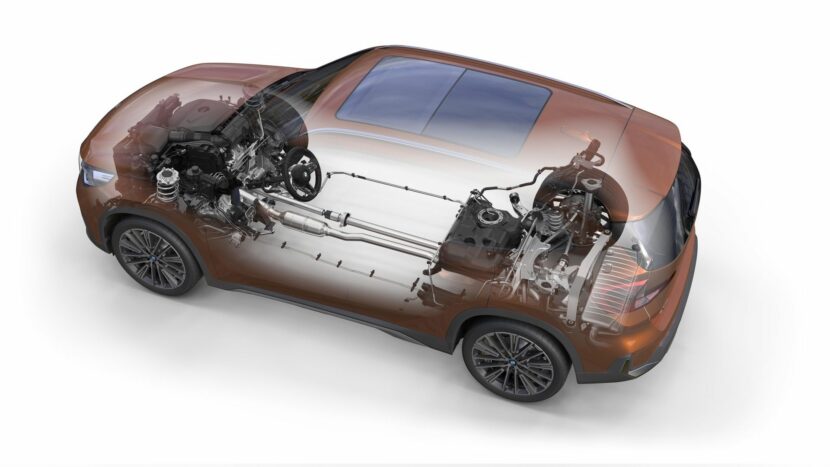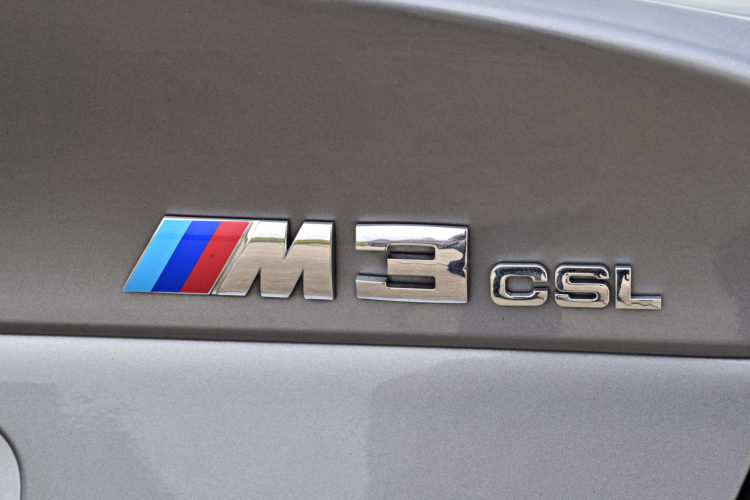Since around 2019, BMW has joined other automakers like Audi and Mercedes-Benz in marketing some of their vehicles as “mild-hybrids”. A mild-hybrid is a vehicle that uses some sort of electric aid parallel to the engine, usually while coasting or facilitating automatic start/stop. But by definition, a mild-hybrid cannot use this system independent of the internal combustion engine. It’s designed to be seamless; most people will drive a good mild-hybrid vehicle without even realizing the system is there.
Of course, there are lots of additional positives to a mild-hybrid system. One of the most well-publicized is BMW’s introduction of the “eBoost” function. eBoost promises additional horsepower with zero lag, facilitated by the 48-volt power distributor and the starter motor. Ultimately, BMW’s novel 48-volt system is doing a lot behind the scenes – and deserves a deeper dive.
How BMW eBoost Works
The eBoost function is simple: when called for and available, the starter motor generator briefly supplies additional power. It supports the engine only in times where peak torque is not yet available. Usually, this is because the turbocharger is still in the process of “spooling up”. Only during launch control will the eBoost system work in tandem with a fully-spooled turbocharger – this is called “eOverboost”.
eBoost and eOverboost are only possible because of the starter motor generator’s clever location. It’s integrated into the belt drive of the engine. Therefore, by using reserve power from a lithium-ion battery, the generator powers the drive belt. And the essential components responsible are surprisingly quite simple: the generator, a lithium-ion battery, and a DC/DC converter.
Components of the 48-Volt System

The generator’s duties change depending on driving conditions and it essentially has two different states: “generator” mode and “engine” mode. Generator mode allows for the generator to convert mechanical power from the belt drive into electrical power to help the traditional 12-volt electrical system. Engine mode focuses on supplying mechanical power to the engine via the belt drive.
The lithium-ion battery has an obvious use: storing power for use by the generator. It’s stored in the engine compartment, at the rear right. The battery (and converter) is also immediately deactivated in the event of a crash. It primarily charges by recuperating energy during braking, like most batteries. But BMW also notes that it charges during “particularly inefficient operating ranges” of the combustion engine.
The DC/DC converter, (“Power Control Unit”) is the interface between the 12-volt system and the car’s standard 48-volt electrical system. It replaces a traditional alternator. The converter also communicates with the engine’s DME in order to regulate and distribute voltage throughout both systems. In the event of a fault, the converter can self-regulate.
Benefits of the 48-Volt System

The 48-volt system offers advantages in many arenas. One of the biggest advantages is in the revised automatic engine start/stop feature. The first “cold” start is always handled by the traditional 12-volt pinion starter motor. But if the engine is above 60 degrees Celsius (140° F), the 48-volt system will handling starting the car. This allows for less emissions, a 20% quicker start, and less disruptive vibrations and sounds for the vehicle’s occupants.
While coasting, the 48-volt system’s presence allows for the car’s combustion engine to rest, instead using its kinetic energy to propel it. Clutches in the vehicle’s transmission are opened and the vehicle’s drivetrain is decoupled, allowing the vehicle to freely coast. Restarting the engine happens nearly immediately thanks to the generator. The return is obvious: improved efficiency and less stress on the combustion engine.
The Future of BMW’s 48-Volt Mild Hybrid System

BMW stated early on that every B58-powered car is receiving the same 48-volt system, and it has also apparently debuted on the new V8-powered 7 Series. It appears quite inevitable that soon, all BMWs will feature the technology. There’s a full electric future is right around the corner. But partially thanks to mild-hybrids, we’ve still got a few years to enjoy internal combustion.






































































